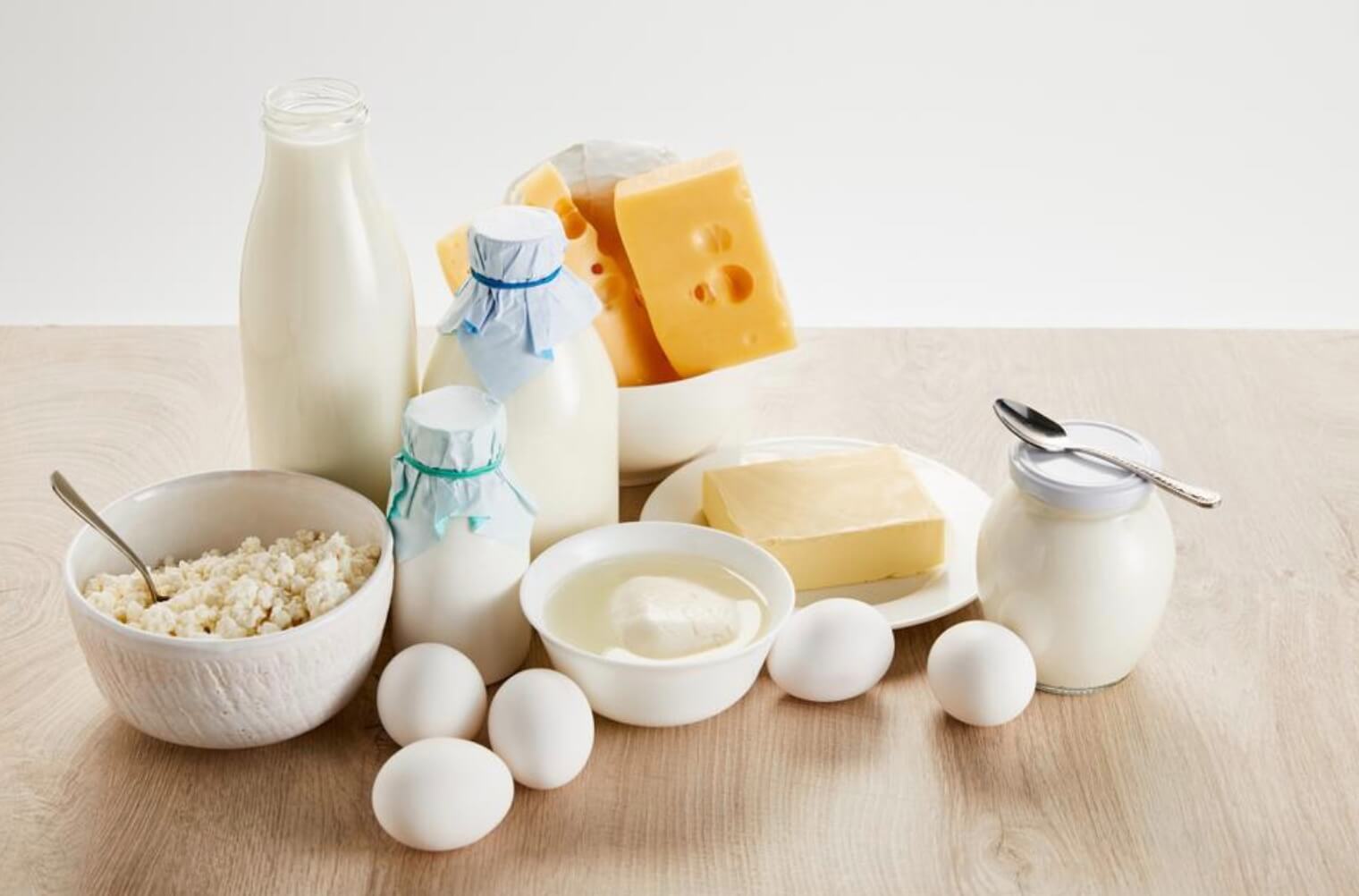your body and calcium
The average adult’s weight is made up of about two per cent calcium. Most of this is found in the skeleton and teeth – the rest is stored in the tissues or blood. Calcium is vital for healthy teeth and bones. It also plays a crucial role in other systems of the body, such as the health and functioning of nerves and muscle tissue. People at different life stages need different amounts of calcium – young children, teenagers and older women all have greater than average requirements.
Good sources of calcium include dairy foods like milk, yoghurt and cheese, and calcium-fortified products, such as some plant-based milks (for example, soy milk and rice milk) and breakfast cereals. Calcium plays a role in:
- strengthening bones and teeth
- regulating muscle functioning, such as contraction and relaxation
- regulating heart functioning
- blood clotting
- transmission of nervous system messages
- enzyme function.
The recommended dietary intake of calcium is different for people of different ages and life stages. It is particularly important that people from certain groups meet their calcium needs. These groups include:
- babies – formula-fed babies are estimated to need more calcium than babies that are breastfed, because the calcium in infant formula may not be absorbed as efficiently as that found in breastmilk
- young children – skeletal tissue is constantly growing, so young children have high calcium requirements
- pre-teens and teenagers – puberty prompts a growth spurt, which in turn increases calcium requirements. This group also needs more calcium to build peak bone mass. If the skeleton is strengthened with enough calcium during these years, diseases like osteoporosis in the later years are thought to be less likely
- elderly people – as we age, the skeleton loses calcium. Women lose more calcium from their bones in the five to 10 years around the age of menopause. However, both men and women lose bone mass as they grow older and need to make sure they get enough calcium in their diet to offset these losses. While a diet high in calcium cannot reverse age-related bone loss, it can slow down the process.
Good dietary sources of calcium include::
| Food type | Examples | Calcium per serve (mg) |
| Milk and milk products | Milk, yoghurt, cheese and buttermilk | One cup of milk, a 200 g tub of yoghurt or 200 ml of calcium-fortified soymilk provides around 300 mg calcium. Calcium-fortified milks can provide larger amounts of calcium in a smaller volume of milk – ranging from 280 mg to 400 mg per 200 ml milk. |
| Leafy green vegetables | Broccoli, collards (cabbage family), bok choy, Chinese cabbage and spinach | One cup of cooked spinach contains 100 mg, although only five per cent of this may be absorbed. This is due to the high concentration of oxalate, a compound in spinach that reduces calcium absorption. By contrast, one cup of cooked broccoli contains about 45 mg of calcium, but the absorption from broccoli is much higher at around 50–60 per cent. |
| Soy and tofu | Tofu (depending on type) or tempeh and calcium fortified soy drinks | One cup, or 260 g of tofu contains around 832 mg of calcium. One cup of tempeh contains around 868 g of calcium. 250 ml of calcium-fortified soymilk provides around 300 mg calcium. |
| Fish | Sardines and canned salmon (bones included) | Half a cup of canned salmon contains 402 mg of calcium. |
| Nuts and seeds | Brazil nuts, almonds and sesame seed paste (tahini) | Fifteen almonds contain about 40 mg of calcium. |
| Calcium-fortified foods | Breakfast cereals, fruit juices, bread, some plant-based milks | One cup of calcium-fortified breakfast cereal (40 g) contains up to 200 mg of calcium. Half a cup of calcium-fortified orange juice (100 ml) contains up to 80 mg of calcium, and two slices of bread (30 g) provide 200 mg of calcium.Plant-based milks (oat, almond, rice, etc.) may or may not be calcium-fortified, so it is important to check the label of these products if you intend to use these in place of regular dairy milk to boost your calcium intake. |


